With its serene landscape, diversified wildlife, and unique Zoos in Himachal Pradesh is a must-see place for nature lovers. However, two of the most visited zoos in the state are the Himalayan Nature Park in Kufri and Gopalpur Zoo. The other major wildlife sanctuaries and national parks add up to making Himachal Pradesh a natural habitat for the fauna in this part of the subcontinent. Be it amidst dense forests or at the foot of the majestic Himalayas, these sanctuaries and parks will be sure to attract all those wanting to know more about the natural elements of Himachal Pradesh.
Top 10 Zoos in Himachal Pradesh
Discover the best nature parks and zoos in Himachal Pradesh, the hub of wonders, more closely:
1. Himalayan Nature Park, Kufri
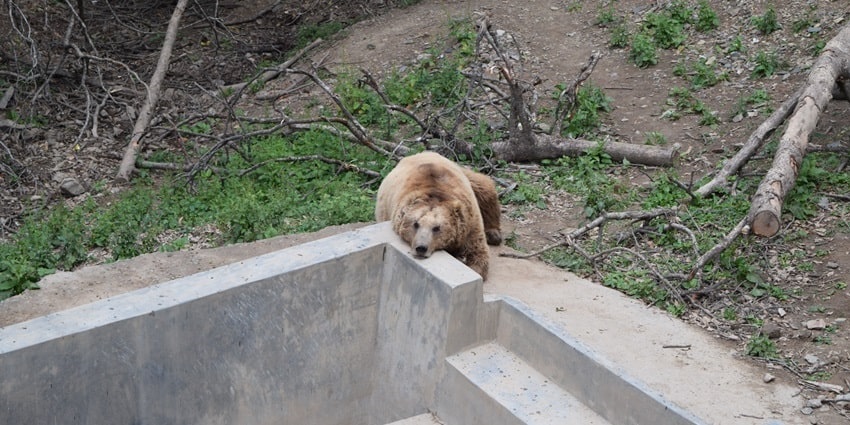
Photo: ShashwatJain99 / Wikimedia Commons
Built in this small hill station, the Himalayan Nature Park or Kufri Zoo turns out to be a fantastic experience for one and all who love wildlife. It is spread over 90 hectares and offers a natural environment to several wild species, some like the snow leopard, said to have its beauty, the Tibetan wolf, and the brown bear. Some species of pheasants are also found here, again endemic to the region. Trails within the park offer all enthusiasts walking tours amid unique flora and fauna in the area, smiles, joy, and a serene environment.
Timings: 9AM – 6 PM
Location: Kufri, Shimla, Himachal Pradesh
Suggested Read: Himalayan Nature Park Kufri
2. Great Himalayan National Park
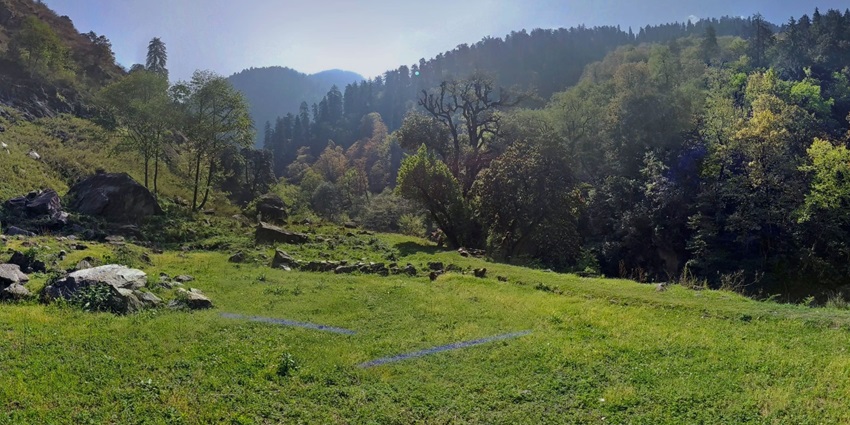
Photo: Photos Worldwide / Wikimedia Commons
A UNESCO World Heritage Site, the Great Himalayan National Park is more than 1,170 square kilometres of a protected area, making it one of India’s most important areas for conservation. This enormous stretch of wilderness provides a home to endangered species like the Western Tragopan, the snow leopard, and the Himalayan tahr. Moving from its demeaning thick forests to alpine meadows and glacial valleys, this park packs variety into its ecosystems that would be a haven for wildlife and adventure enthusiasts.
Timings: 6 AM – 6 PM
Location: Kullu, Himachal Pradesh
3. Pin Valley National Park

Photo: Timothy Gonsalves / Wikimedia Commons
Pin Valley National Park is located in the cold desert area of Spiti. This place has an exquisite wildlife sanctuary, as the stark landscape and rugged terrain make the park unique. Many rare and endangered species, including snow leopards, Siberian ibex, and the Himalayan snowcock, find home in the 675 sq. km area of this park. This place is a treasure for adventure seekers and lovers of nature’s beauty, where the harsh climatic conditions and topography give a natural touch of wildness. The remoteness adds to the untouched nature of the valley, which presents a pristine habitat to the visitors.
Timings: 6 AM – 6 PM
Location: Spiti Valley, Himachal Pradesh
Suggested Read: National Parks In Himachal Pradesh
4. Chail Wildlife Sanctuary
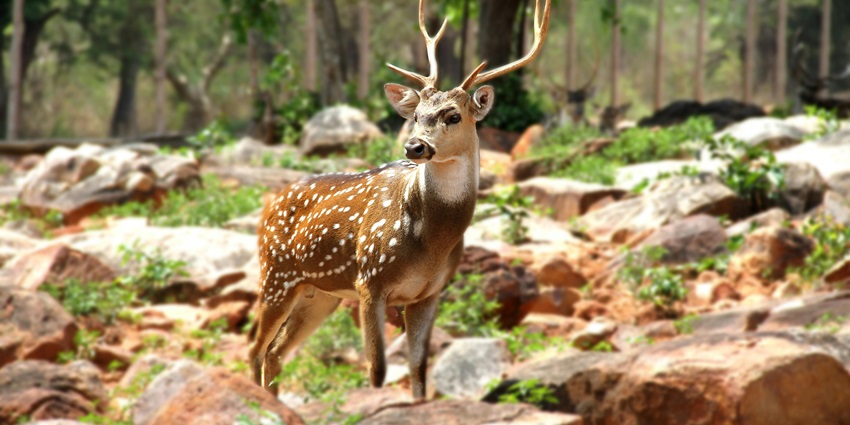
Photo: Sharath G. / Pexels / Image For Representation Only
This sanctuary is a hidden treasure for many, placed only in the sleepy town of Chail. Covering an area of 110 sq km, this abodes various species, including leopards, Indian muntjac, wild boar, and crested porcupine. The sanctuary forest cover, consisting of deodar and oak, is also very congenial for the survival of various flora and fauna, making it a paradise for bird watchers and nature photographers. The peaceful surroundings with well-maintained paths to amble through provide an ideal atmosphere for a nature walk, as one can spot varied wildlife in their natural habitat
Timings: 24*7
Location: Chail, Solan District, Himachal Pradesh
5. Renuka Mini Zoo
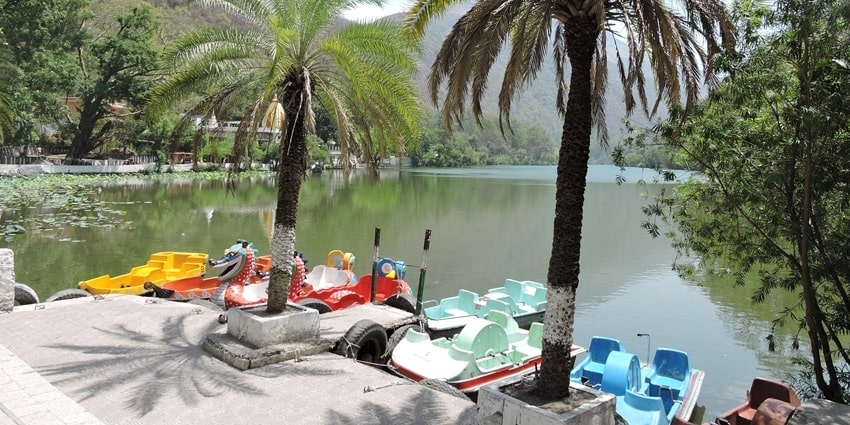
Photo: Harvinder Chandigarh / Wikimedia Commons
Renuka Mini Zoo, situated near Renuka Lake in Sirmour district, is the oldest zoo in Himachal Pradesh. It houses animals like Asiatic lions, leopards, spotted deer, Himalayan black bears, and various bird species. It is managed as part of the Renuka Wildlife Sanctuary, focusing on conservation and education. The zoo is surrounded by lush green hills and the scenic lake, Renuka Mini Zoo and offers visitors a chance to observe diverse Himalayan wildlife.
Timings: 6 AM – 6 PM
Location: Sirmaur, Himachal Pradesh
Suggested Read: Adventure Sports In Himachal Pradesh
6. Kalatop Wildlife Sanctuary
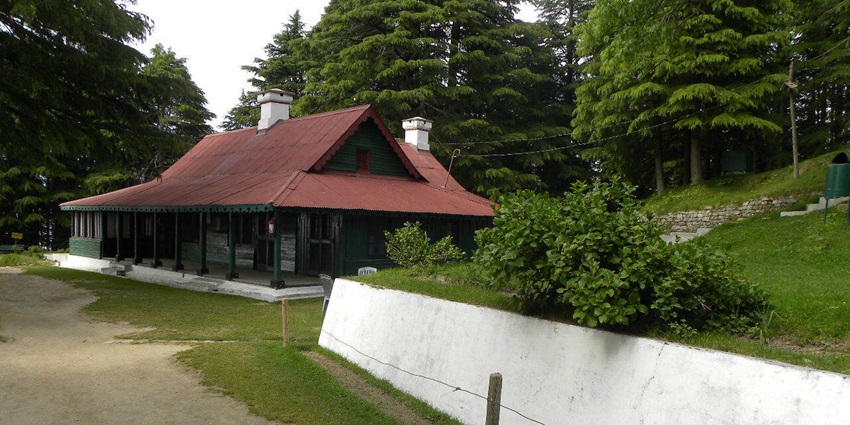
Photo: Truewebsolution / Wikimedia Commons
Kalatop Wildlife Sanctuary has dense forests with rich wildlife. This sanctuary is spread over 30 sq km, providing a comfortable zone for species like the Himalayan Black Bear, Barking Deer, and various Pheasants. The dense Deodar and Oak forests make the environment green, offering a natural habitat to varied wildlife. One of the best trekking runs in the region, Kalatop provides a lot of tracks for the area to venture into the sanctuary while getting panoramic views of the mountain landscape. Quiet and untouched, the mood of Kalatop lures nature enthusiasts, bird watchers, and photographers to the location.
Timings: 6 AM – 6 PM
Location: Dalhousie, Chamba District, Himachal Pradesh
7. Maharana Pratap Sagar Wildlife Sanctuary
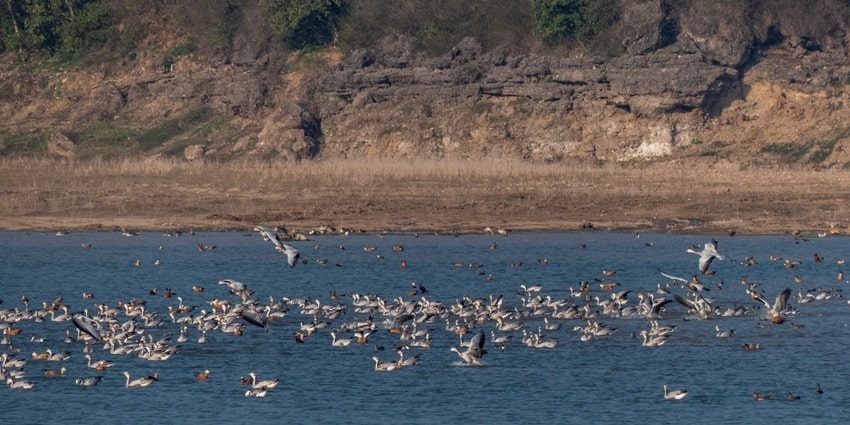
Photo: Mike Prince / Wikimedia Commons / Image For Representation Only
The sanctuary has 45,000 hectares of land in the vast reservoir made by the Pong Dam. More than 220 species of birds, including the Siberian kinds and those migrating from Central Asia, are drawn to this wetland area. The diverse ecosystems of the sanctuary that spread across marshes, woodlands, and open water provide ideal conditions for a variety of bird species. This sanctuary greatly interests bird watchers and nature lovers, where the bar-headed goose, northern pintail, and common teal can be observed. The opportunity to watch such rare birds makes the sanctuary a favourite place for nature lovers.
Timings: 6 AM – 6 PM
Location: Kangra District, Himachal Pradesh
Suggested Read: Trekking In Great Himalayan National Park
8. Kugti Wildlife Sanctuary
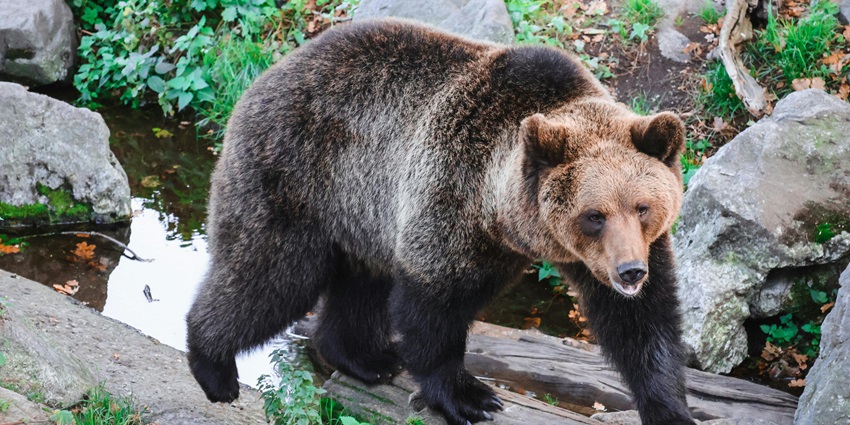
Photo: Renata Meneses / Pexels / Image For Representation Only
Kugti Wildlife Sanctuary lies in Chamba district and is based in one of Punjab Himachal Pradesh State’s most picturesque wildlife sanctuaries. It is stretched over 378 square kilometres with a few mammalian species of the Himalayan tahr, ibex, and musk deer. Different habitats in the sanctuary support the stretching flora and fauna, which include dense forests and alpine meadows. Kugti is also rich in avian life, with various species of pheasants and birds of prey present here. The more demanding trekking routes will take tourists through its remoteness and pristine wilderness, providing an experience into the heart of nature.
Timings: 6 AM – 6 PM
Location: Chamba District, Himachal Pradesh
9. Simbalbara National Park
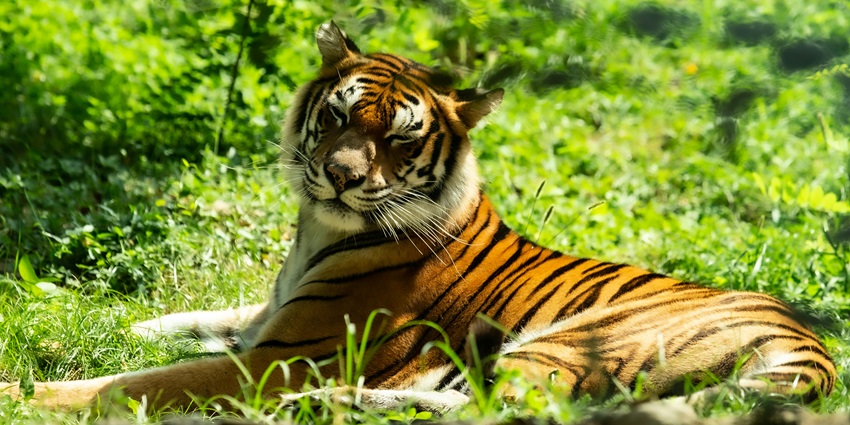
Photo: Francesco Altamura / Pexels / Image For Representation Only
Situated in the Sirmaur district, Simbalbara National Park is a small area rich in biology that offers a different view of the wildlife of the Shivalik Hills. It is 27.88 square kilometres in size, with species such as goral, barking deer, and sambhar. This sanctuary offers an excellent birdwatching view, with several species of resident and migratory birds in the park’s lush forest, tranquil surroundings, and well-maintained trails. Simbalbara has mild treks, so it is suitable for gentle treks, nature walks, and wildlife.
Timings: 6 AM – 6 PM
Location: Sirmaur, Himachal Pradesh
Suggested Read: Hill Stations In Himachal Pradesh Where You Can Get Lost In The Mountains
10. Gopalpur Zoo
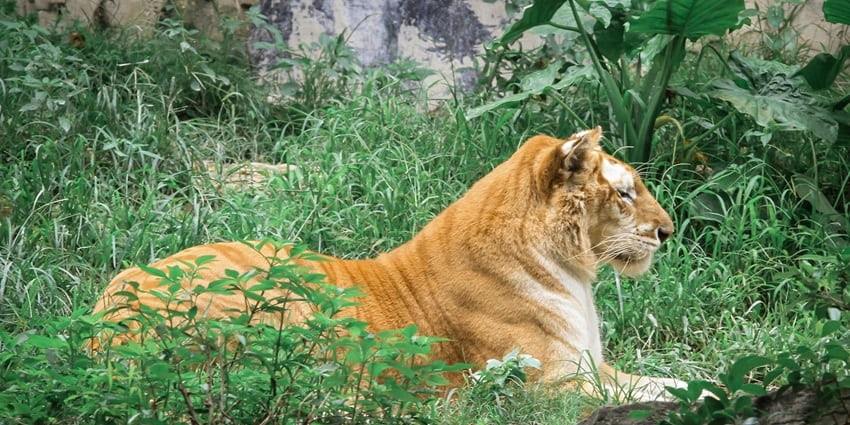
Photo: Mehmet Turgut Kirkgoz / Pexels / Image For Representation Only
Gopalpur Zoo, located a short drive from Dharamshala, is a small zoo that closely encounters the region’s wildlife. Spreading over approximately 30 hectares, this zoo provides a haven for several Himalayan species, such as leopards, black bears, and deer. The scenery is such that it is an excellent location for a day trip with families and children, mainly because of its location among dense forests and hills. The enclosures are clean, and display boards carry helpful information for visitors about the wildlife in the area.
Timings: 9 AM – 5 PM
Location: Gopalpur, Kangra District, Himachal Pradesh
Wildlife and unspoiled beauty of Himachal Pradesh continue to capture the hearts of tourists with its remarkable significance. From misty hills to a wide range of Flora and Fauna, the stunning sanctuaries and zoos in Himachal Pradesh showcase natural resources in the most lovely way possible. So, what are you waiting for? Book with TripXL now and have a fantastic trip filled with wildlife and exploration!
Cover Photo: Jonny Lew / Pexels / Image For Representation Only


 WhatsApp
WhatsApp
 Twitter
Twitter









